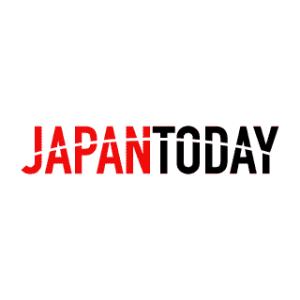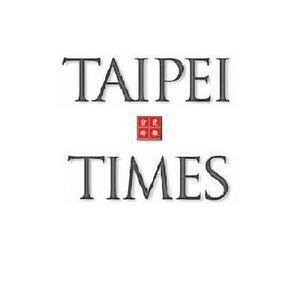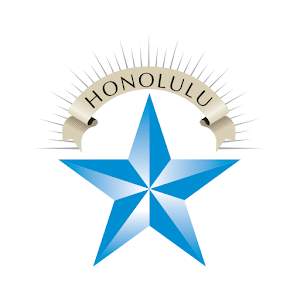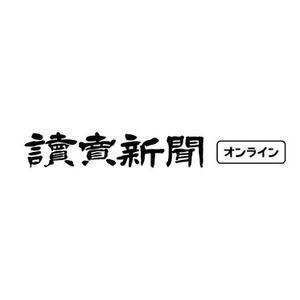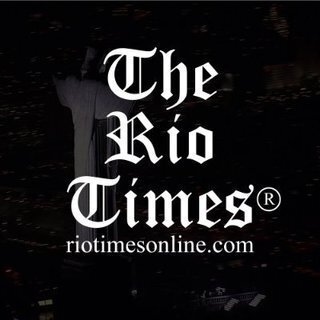- The U.S. and Japan continue to strengthen their military alliance by transforming U.S. Forces Japan into a joint force headquarters with expanded responsibilities. This move aims to enhance the alliance’s capacity to respond to regional threats, particularly those from China.
- The Pentagon will deploy additional personnel to Tokyo and Yokota Air Base to support the mission, enhancing readiness and lethality.
- The U.S. and Japan have accelerated joint missile production and committed to faster US warships and aircraft maintenance in Japan.
Full Story
Defense Secretary Pete Hegseth announced the beginning of a major military upgrade in Japan. The upgrade will convert U.S. Forces Japan into a joint force headquarters with enhanced warfighting and operational responsibilities.
Speaking during a press conference in Tokyo, Hegseth said the move reflects closer cooperation with Japan’s newly established Joint Operations Command and aims to enhance the alliance’s ability to respond to regional threats, particularly from China.
The Pentagon introduced the plan in 2024, but phase one began this week. The new structure will allow for tighter integration between U.S. and Japanese military forces, particularly in crisis response, operational planning and shared readiness.
As part of the transition, the Department of Defense will send more personnel to Tokyo and Yokota Air Base to support the mission.
How does the plan address regional threats?
Hegseth described Japan as “indispensable” in countering Chinese military activity and reaffirmed U.S. commitment to deterrence across the Indo-Pacific, including the Taiwan Strait. He said the alliance must be ready for any contingency, emphasizing the need to bolster readiness and lethality.
“Our job at the Defense Department is to build an alliance so robust that both the reality and the perception of deterrence is real and ongoing,” Hegseth said. “Japan would be on the front lines of any contingency we might face in the Western Pacific, and we stand together in support of each other.”
What is the long-term vision for US-Japan military cooperation?
Hegseth and Japanese Defense Minister Gen Nakatani agreed to accelerate joint missile production, including the co-development of air-to-air and surface-to-air systems.
The effort addresses current munition shortages and aims to strengthen both nations’ defense industrial bases. To ensure quicker readiness, the parties also committed to faster maintenance of U.S. warships and aircraft in Japan.
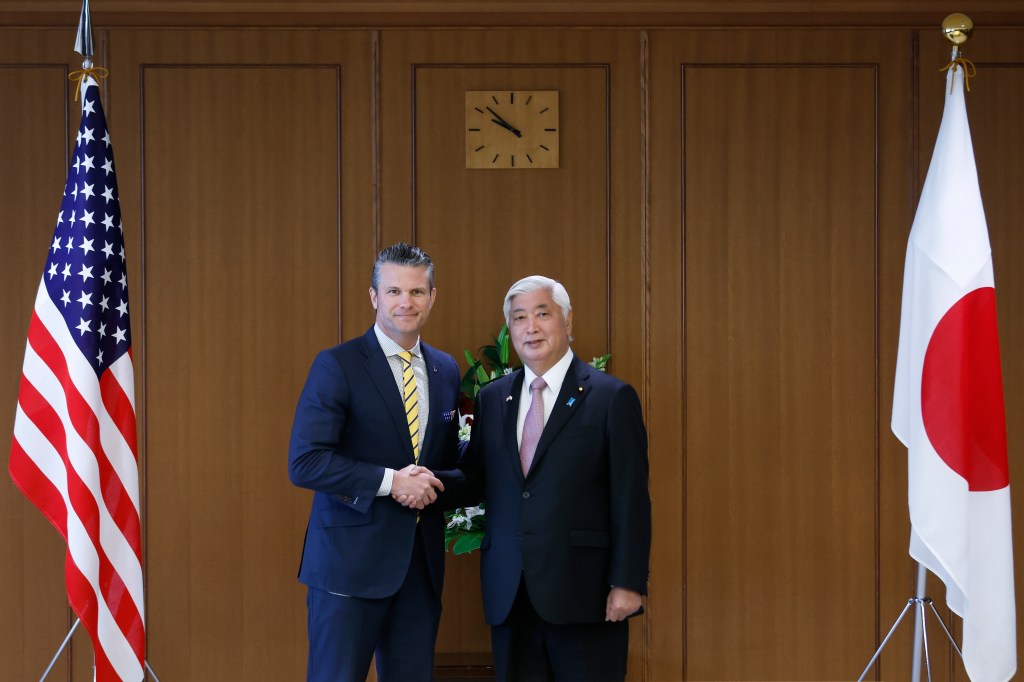
Japan currently hosts about 50,000 U.S. military personnel, including forward-deployed air and naval forces. The partnership remains vital as Japan doubles its military spending and modernizes its force structure.
Is there political tension around the US presence in Japan?
Although Hegseth praised Japan as a cornerstone of peace in the Indo-Pacific, the Trump administration continues to push allies to assume greater responsibility for their own defense.
In previous years, Trump criticized the bilateral treaty as one-sided and called for Japan to increase financial support for U.S. troops stationed there.
Still, Hegseth’s remarks struck a collaborative tone.
“America and Japan seek peace,” he said. “But as my first platoon motto says, ‘Those who long for peace must prepare for war.’”
What’s next for US strategy in the Indo-Pacific?
The Japan announcement capped Hegseth’s Indo-Pacific tour, which included stops in Hawaii, Guam, the Philippines and Iwo Jima. The trip focused on reaffirming U.S. alliances and building a shared vision for regional stability.
In his January message to the force, Hegseth outlined three pillars for achieving “peace through strength”: restoring the warrior ethos, rebuilding the military and reestablishing deterrence.
His latest remarks echoed that vision, calling for improved force integration and advanced readiness in coordination with allies.








